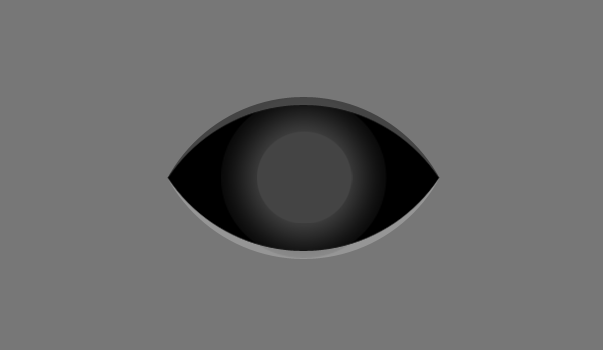
Did you know that the percentage of the electromagnetic spectrum that is visible to human beings is actually extraordinarily small? Depending upon how you express it, it’s less than 1.5%! (Expressed logarithmically, it’s around 1.5%, but if measured in terms of frequency, for example, it’s .00018%. More on that here and here.) I’m not an expert in optics, so don’t ask me why such a range… suffice it to say that visual experience is just a slice of life.
I heard it said once that given all of the information in the universe and the comparatively tiny bit of it we can see, we human beings might as well be blind. After all, we’re missing out on a ton. But we do experience the world with other senses—not just sight— and with that in mind, it’s fascinating how much emphasis we place on creating experiences that are almost purely visual, isn’t it?
There’s an obvious irony in me spouting off against screens so much lately, especially in content created for the web. The web, after all, is a “screened environment.” I get that. It’s ironic, if not maybe even a bit hypocritical. But my point isn’t so much to disparage the screen as it is to promote a dialog around what else might be possible. To broaden our minds a bit as far as what it means to create truly interactive work.
After all, I like screens. And, I like what we create for the screen, too. On a purely aesthetic, two-dimensional design level, I’m easily satisfied by spending even just a few minutes browsing the web. It’s a feast for the eyes and, as far as reading is concerned, the mind, too.
But what I’m not that excited about is the ubiquity of screens. Our eyes aren’t great multitaskers. Yet, we’re creating a world in which it is increasingly difficult to avoid gazing at a screen. No wonder we’re having such a hard time focusing our attention. I think Nicholas Carr got a great conversation going by questioning what our contemporary information exchange patterns are doing to our minds, but I think a major factor that wasn’t examined very closely was the visual nature of it. Ubiquity, speed and brevity all are contributing factors, certainly, which make weaving Google almost directly into the synapses of our brain a (virtual) reality, but the fact that much of this is experienced visually must be significant. Whether we continue this trend is a question of culture and cognition, but to do so would also be a failure of design. Why transform so much of how we interact with the world on the basis of only one of our five senses, when there are four more worth exploring?
Examples: Smell has been known to have a deep connection with memory—in particular, emotional memory. Taste is just as complex. The human tongue is comprised of over 100,000 taste buds which can distinguish quite well among a variety of basic and complex flavors. Coupled with scent, taste is even more discerning. Touch is extraordinary, too. Have you ever stopped to consider how incredible it is that you can plunge your hand into your pocket and use your fingertips to “see” what it contains? That even the slightest touch can tell you whether you’re touching a nickel or a quarter? Someday, screens will have to offer more to our sense of touch than that smooth, glassy emptiness we’ve already come to know so well. And sound. Sound is incredible. We could be doing so much more with sound, though I must admit that musicians, film sound production artists, and even radio producers are continually breaking new ground in their exploration of what sound can do. Take Radiolab for example—there’s a reason it’s become so popular and critically acclaimed. It immerses listeners in a world light years beyond much of what cable television tries (and fails) to offer. We designers should look to sound people for inspiration.
There’s no harm in dreaming big. We’re not going to be making scratch and sniff websites anytime soon (though there is a project exploring converting notifications into smell), but we can begin to push the envelope just a bit with websites, can’t we?
